On a recent Kentish and Co team call, we ‘travelled’ to Mumbai for a virtual tour, guided by Pranav. Liz and Dave had met Pranav and taken a walking tour with him several years ago, whilst visiting Mumbai on business.
The virtual tour was fabulous – Pranav played short video clips, explained what we were seeing, then let us absorb the scenes before pausing and giving us further background insights and giving us the chance to ask questions. Here are a few highlights from our tour.
Setting the stage
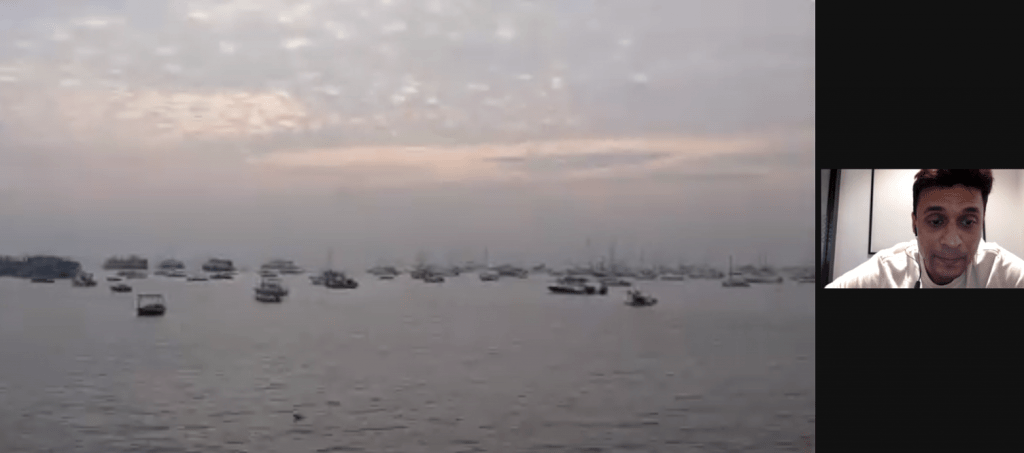
With a video of sunrise over the Arabian Sea playing, Pranav began by explaining that Mumbai is the financial capital of India, with a population of 21 million people and is situated on the west coast. India has eight hundred different languages and dialects, ten different religions and four main castes.
The Gateway to India

On the above left is the ‘Gateway to India’ through which the King and Queen of England arrived in 1911 and through which the last British soldiers departed in 1947, taking the steps on the right down to their ships, as India welcomed its independence.
Taj Mahal Palace hotel
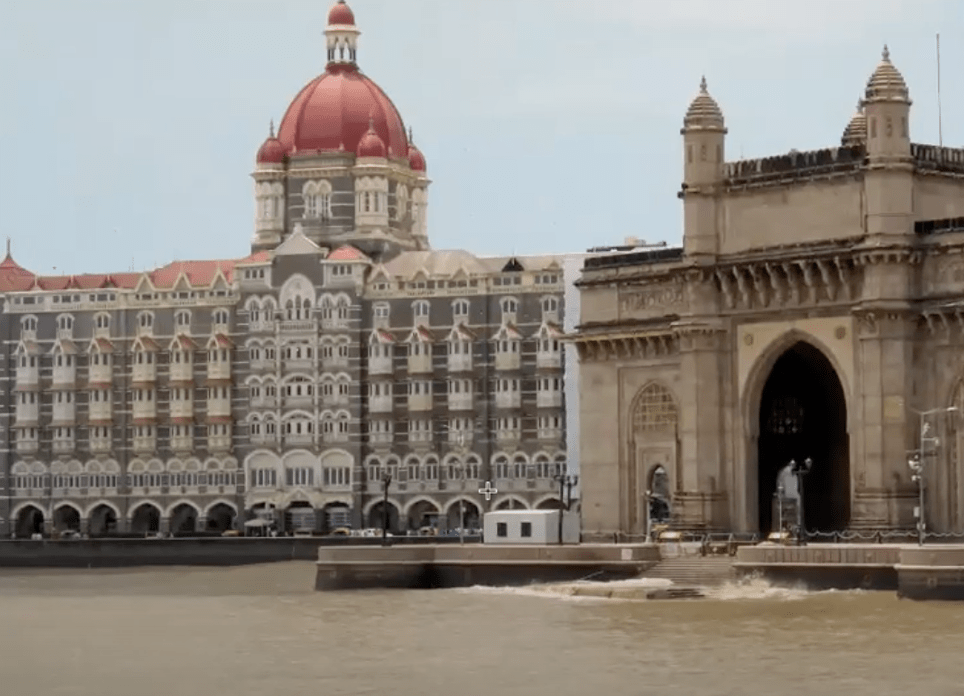
Next to the Gateway on the left is the magnificent Taj Mahal hotel, built in 1903 by the founder of the Tata (steel) Group. It’s a world famous five star hotel and incorporates Moorish and indo-saracenic architecture.
Rajabi Tower – the ‘Big Ben of India’
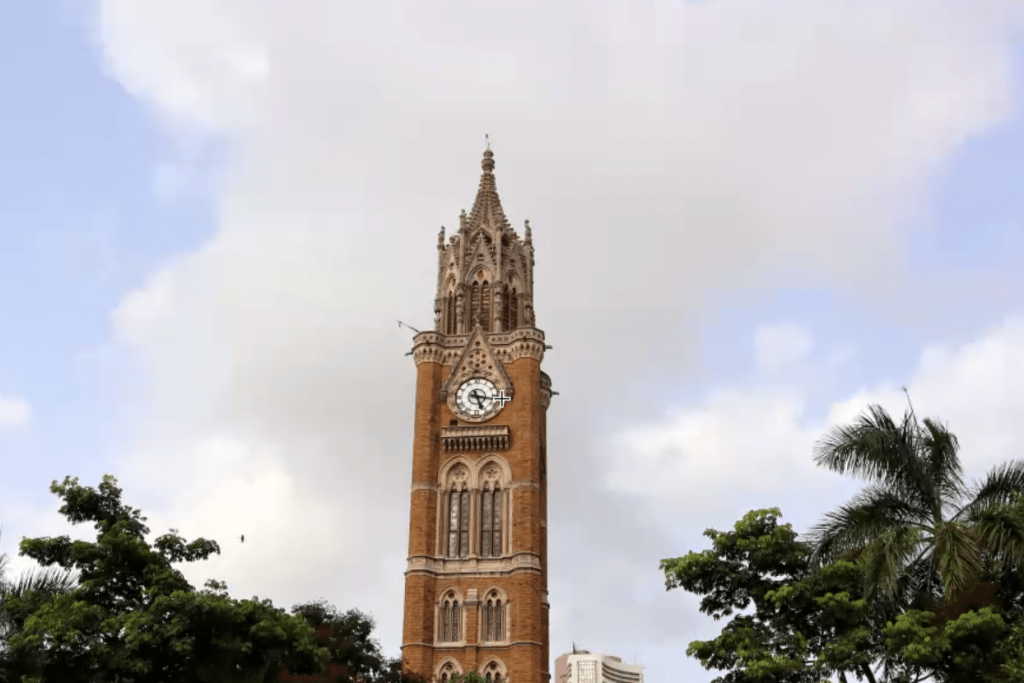
Construction began in 1896 and it was designed by George Gilbert Scott, the same architect who built the Big Ben clock in London. When the clock tower was being built, there was a shortage of money to complete it.
So the builders approached a rich local Indian man to ask for financial support. Now one of the tenets of this man’s religion is that people have to eat their meals at sunset, which occurs at 6:30pm in Mumbai.
He agreed to fund the whole cost of construction on the condition that a special bell was added that would ring at 6:30pm each evening, reminding his mother – who was blind and lived close to the clock tower – that it was time to eat!
Victoria Terminus Train Station

This is one of the oldest and biggest train stations in Asia and is a UNESCO World Heritage Site. It’s a Gothic style of architecture, and part of the movie ‘Slumdog Millionaire’ was shot here. It has an intriguing mix of statues including a British Lion alongside a Royal Bengal Tiger, to represent both countries.
And the Indian Railways is the world’s biggest employer – with 1.55 million staff! 6-8 million passengers use their trains in Mumbai every day.
The station is now called The Chhatrapati Shivaji Terminus.
‘Time for Tiffin’
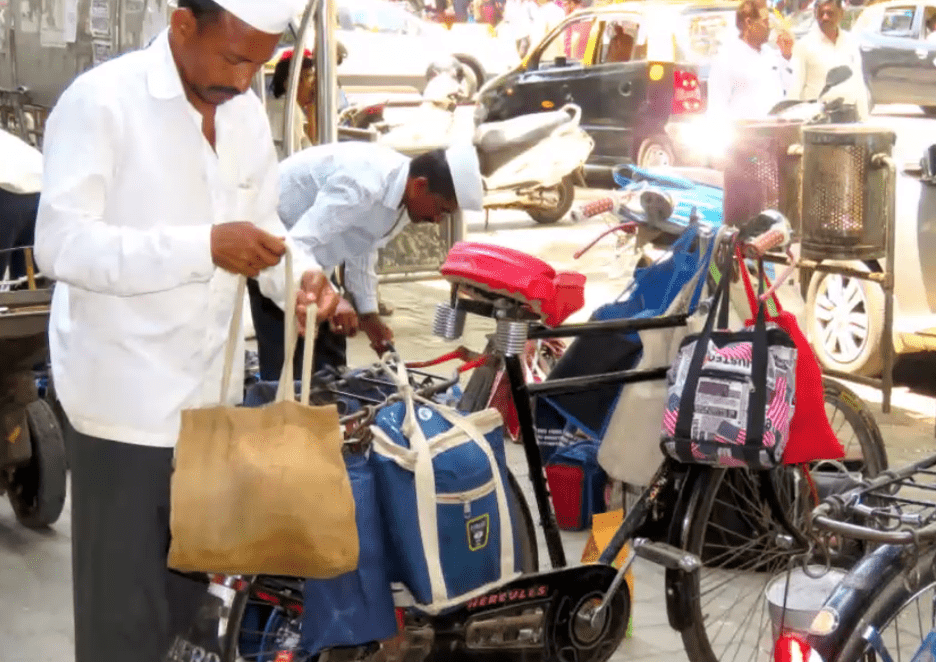
These men are Dabbawlas – Tiffin delivery men, taking lunches in Tiffin tins from individual’s homes to their offices via local trains (pre-pandemic). It’s a complex operation – delivering 200,000 lunch boxes every day via the 4,000-5,000 Dabbawlas. Each box is identified by a short combination of letters and numbers that enables the Dabbawlas to sort and deliver the lunches accurately to each office.
Their system has a six Sigma rating, which means that they only have one error in each 6 million deliveries, which is incredible! Many supply chain companies and business schools such as Harvard Business School have studied the system.
The Laundry

Back in the days when the British were in Mumbai, soldiers, policemen etc brought a group known as the Dhobis to the city, creating a small community to do their laundry. The Dhobis legacy lives on, and many people still bring their clothes to the Laundry to be washed, using rocks and some washing machines, and dried on lines.
Temples

On the left is one of the oldest temples in Mumbai – over 800 years old – a temple of Shiva. There are 33 million Gods in the Hindu spirituality.
Cows are also very important to Indian culture – when they are young their mothers give them milk, and when they grow up the cows become their mother, so it’s their duty to take care of them. They are found on all corners of Mumbai.
‘The ocean of Indian spirituality’
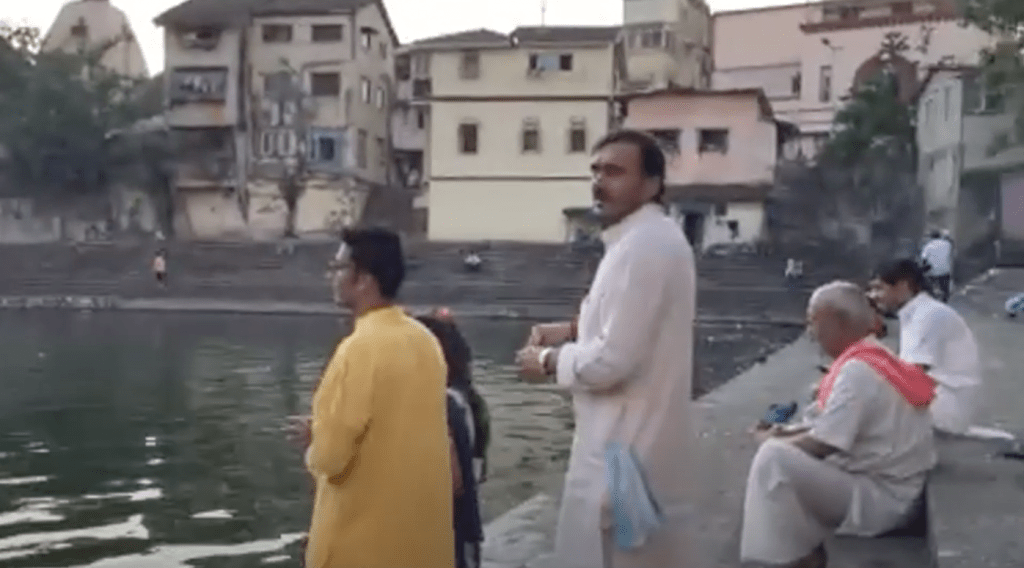
Pranav concluded our tour with a great introduction to Indian spirituality including reincarnation and karma – fascinating! Thank you, Pranav, for a unique and wonderful experience.
Would you like a tour yourself?
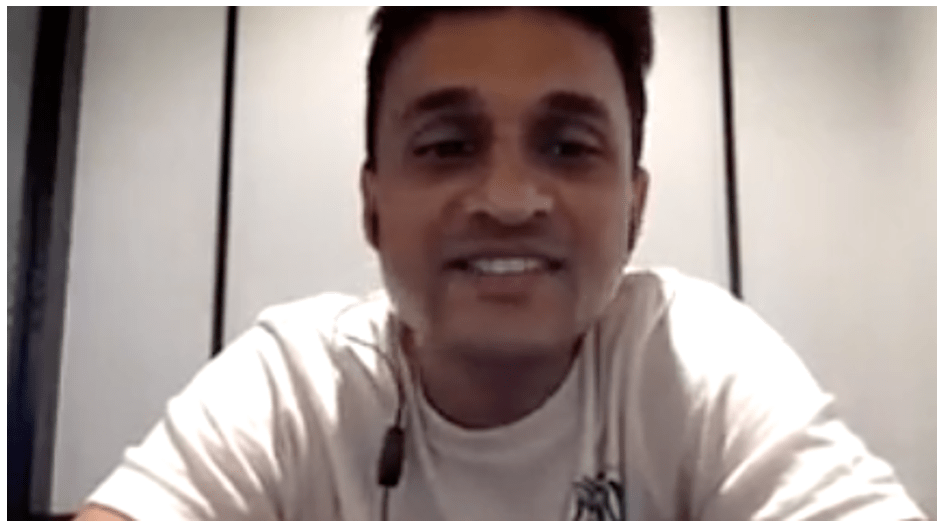
Either one of these wonderful virtual tours or a walking tour if you visit Mumbai in the future, please contact Pranav Da via pgmtvirtualtours@gmail.com
And if you’d had any experiences of India or virtual tours yourself, please share in our comments section below.
